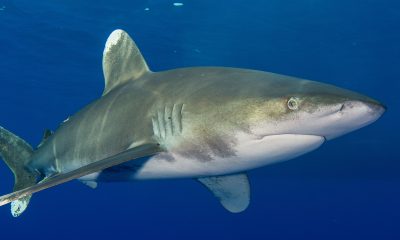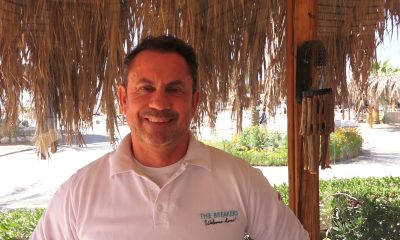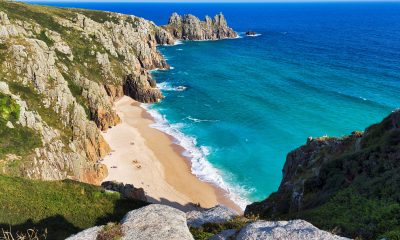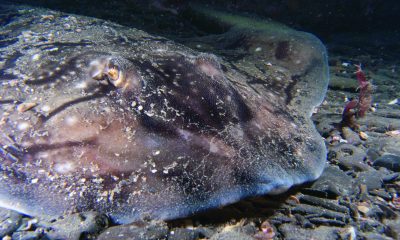News
Ghost Nets: Forgotten Killers
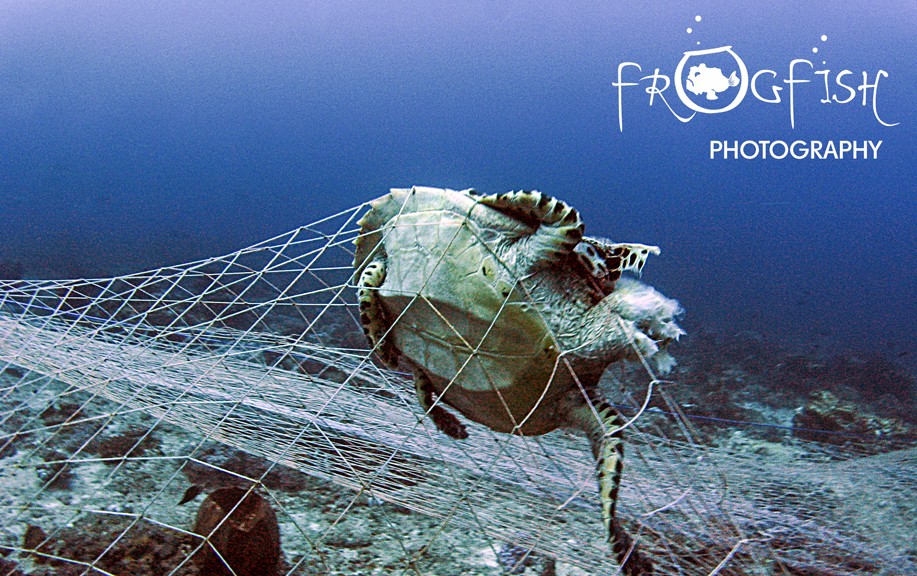
‘Ghost Fishing’ is what fishing gear does when it has been lost, dumped or abandoned. Imagine a fishing net that gets snagged on a reef or a wreck and gets detached from the fishing vessel. Nets, long lines, fish traps or any man made contraptions designed to catch fish or marine organisms are considered capable of ghost fishing when unattended, and without anyone profiting from the catches, they are affecting already depleted commercial fish stocks. Caught fish die and in turn attract scavengers which will get caught in that same net, thus creating a vicious circle.
The issue of ghost fishing was first brought to the attention of world at the 16th Session of the FAO Committee on Fisheries in April 1985. Following debate at COFI, the FAO Secretariat published an in-depth study of the problem.
Lost fishing gear, or so called ‘ghost gear’ are among the greatest killers in our oceans, and not only because of their numbers. Literally hundreds of kilometers of nets and lines get lost every year and due to the nature of the materials used to produce these types of gear, they can and will keep fishing for multiple decades, possibly even for several centuries.
“We believe in collaboration, we cannot solve this problem on our own.”
Taking its name from the very problem it was created to fight against, Ghost Fishing is an official registered ANBI approved charity organization; a non-profit driven by technical divers. Ghost Fishing initiates and promotes lost fishing gear removal initiatives worldwide and shows the problem to a wide audience.
The People behind Ghost Fishing are experienced and well-trained divers, who remove marine debris and make the ‘ghost fishing‘ problem visible to a worldwide audience. Ghost Fishing are very interested in worldwide collaboration with other diving teams and like to start or participate in existing projects all over the world.
Here is the charity’s mission statement:

Physically removing nets, fishing gear and other marine debris
In the past 8 years we removed a very large amount of nets, fishing gear and other marine debris from shipwrecks, reefs and the seabed. By doing this we have gathered comprehensive experience and built our own techniques.

Investigating and documenting local situations (photo/video)
“We illustrate this with photos and videos”, the power lies in visualizing the problem. We therefore work with professional underwater photographers and film makers and we always document our actions for evaluation and presentation purposes.

Ensuring diving safety
We stick to standards & procedures to reduce risks to a minimum and will only work with divers who have adequate training and experience.
Disclaimer: It needs to be clear that this work is dangerous. Reading the website or watching the videos in NO way replaces proper training and experience. On request, we can advise you about this topic.

Recycling marine debris
Some types of marine debris such as fishing nets and weights (lead) can be used in recycling processes. We collect these materials and we are interested in cooperation with companies specialized in these processes.
Sharing knowledge and best  practices
practices
We have extensive knowledge of many types of fishing techniques, marine waste and also marine life. We like to share this knowledge and are willing to learn from others.
Education & presentation
We give educational presentations to (diving) clubs and during meetings, (dive) exhibitions and shows.
To find out more about Ghost Fishing, visit www.ghostfishing.org.
Main Photo: Frogfish Photography
Blogs
TRAVEL BLOG: Jeff Goodman Dives SOMABAY, Part 2

Day three of my trip to Somabay and we were spending the day on the Lady Christina and diving on the wreck of the Salem Express.
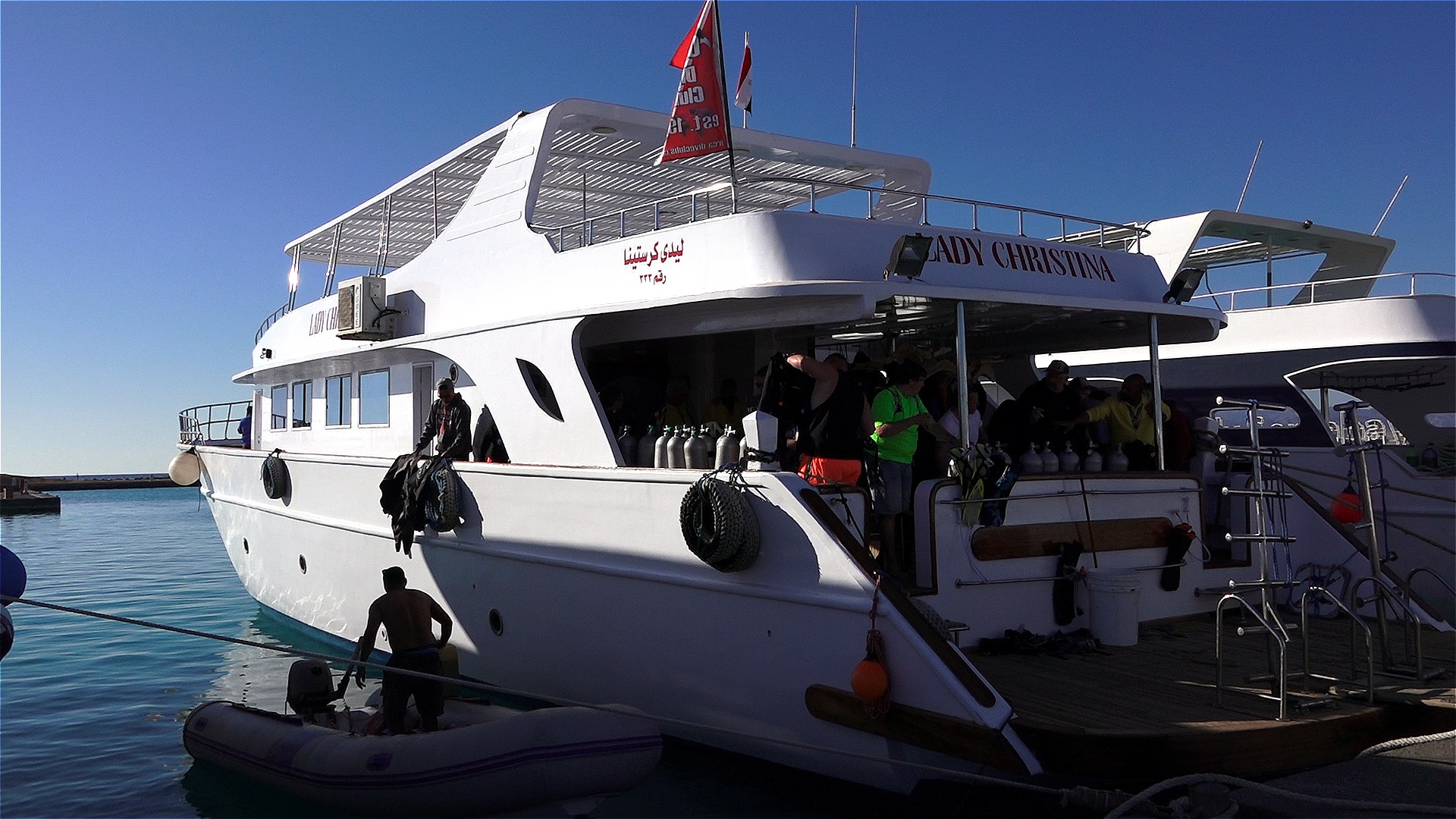
Diving wrecks for me is always one of mixed emotions. The excitement of diving a wreck is more than often tempered by the thought of loss of life when she sank. The Salem Express was a passenger ship and a roll-on/roll-off ferry travelling from Jeddah, Saudi Arabia to Safaga, Egypt. Most passengers were of poor class travelling home from their holidays while around 150 people were returning home from their pilgrimage to Mecca.

The ship struck a reef and sank within 20 minutes. Passengers were trapped below deck and the ship was filled with fear and panic.

The wreck area is strewn with personal belongings from the crew and passengers such as a transistor radio and a flat iron for clothes. A diver at sometime has put them in a prominent place to be seen.

Tragically only one life boat was launched while the others went down with the ship. More than 600 men, women and children lost their lives here.

It’s a stark reminder that the sea can be unforgiving and so when we dive on such wrecks we should do so with humble regard.
Returning to the surface, shoals of fish are gathered under our boat and seem to be welcoming us back into the light.
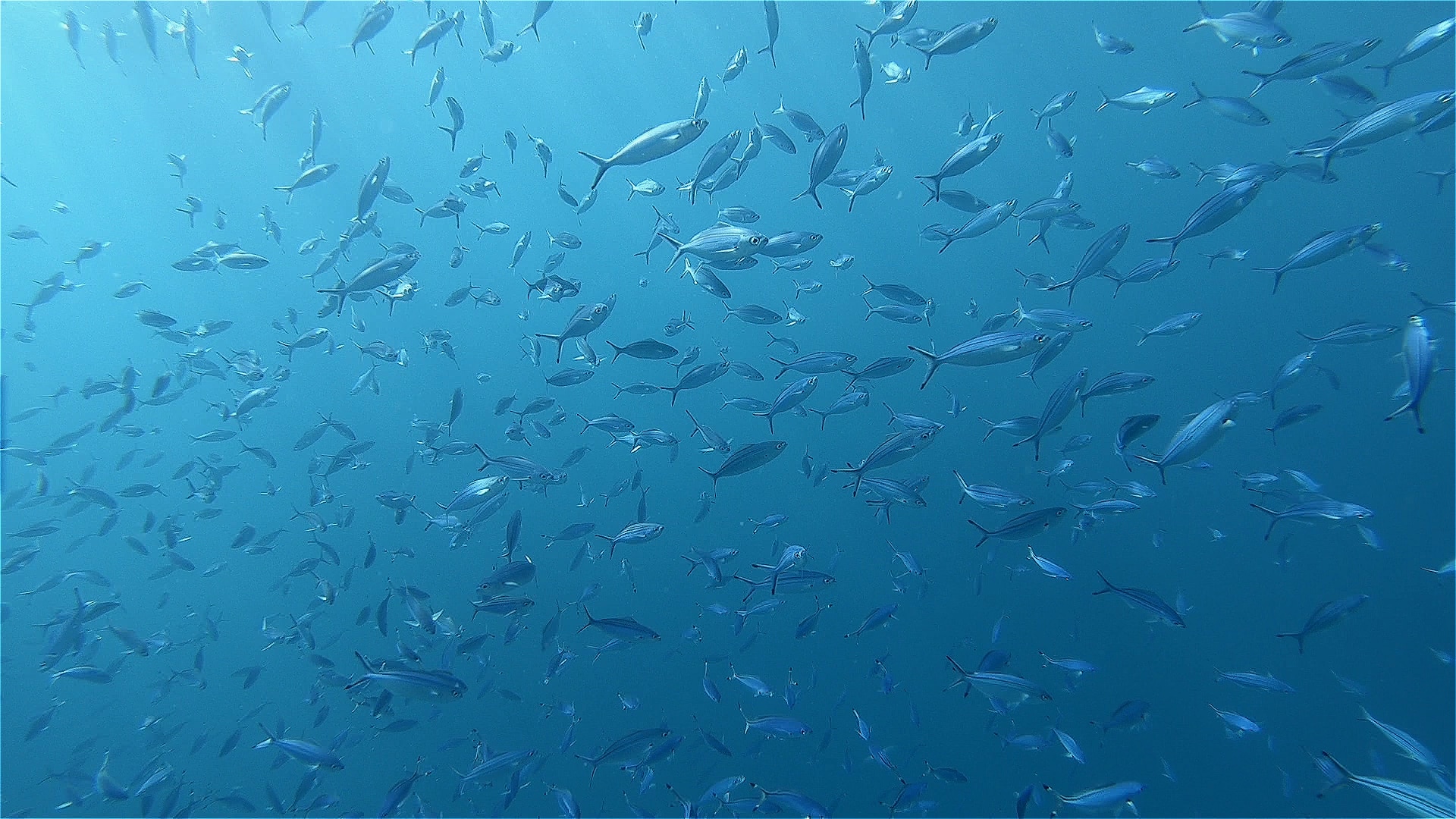
Back at the Breakers I sat in the dining area with a beer and a very good meal while my thoughts still remained with the day’s dive on the Salem Express.
Check in for part 3 tomorrow for Jeff’s last day of diving with Somabay on the off-shore reefs looking for turtles.
Book your next Red Sea dive adventure with SOMABAY! For more information, visit www.somabay.com.
Stay at the Breakers Diving & Surfing Lodge when you visit! For more information, visit www.thebreakers-somabay.com.
Find out more about ORCA Dive Clubs at SOMABAY at www.orca-diveclubs.com/en/soma-bay-en.
Blogs
TRAVEL BLOG: Jeff Goodman Dives SOMABAY, Part 1

For a week at the end of February I was invited to sample the diving with Orca Dive Club based at the Breakers Diving and Surfing Lodge by courtesy of SOMABAY.
Somabay covers an entire peninsula and is home to several resorts as well as residential compounds. Somabay caters for scuba diving as well as many other sports, including windsurfing, golf, sailing, go-carting, horse riding and many other activities.
All the activities are of a world-class standard and any or all of these can be booked directly from The Breakers.
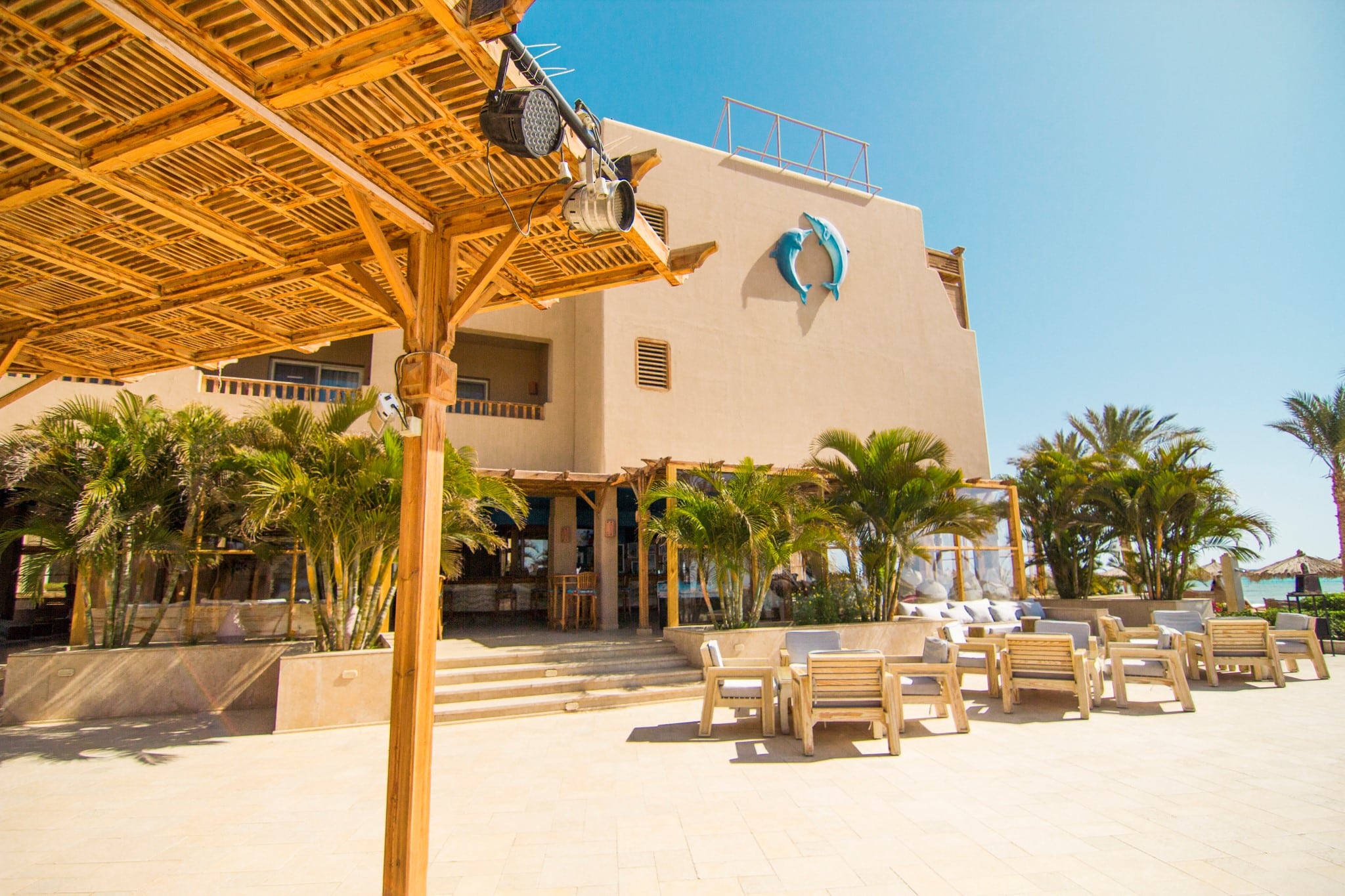
I took Easyjet from Bristol (UK) to Hurghada. Easyjet are not by any means my favourite airline but the flight was cheap and direct (except for the surprise extra £48 I was charged at the gate for my carry-on bag).
I was met at Hurghada airport by a driver and car and taken to the Breakers 28 miles (45Kilomaters) south along the coast. Once at the hotel I was too late for an evening meal and so a basic meal was delivered to my room. That and a beer from the fridge and I was fast asleep.
Early the next morning after breakfast I arrived for my rep meeting at the Orca Dive Center for 8.00am. I was immediately made to feel welcome, and after brief introductions I got some dive gear from the store, had a chat with my dive guide Mohamed and got ready to try the house reef situated at the end of a very long wooded pier where all diving gear and divers are taken out by buggies.
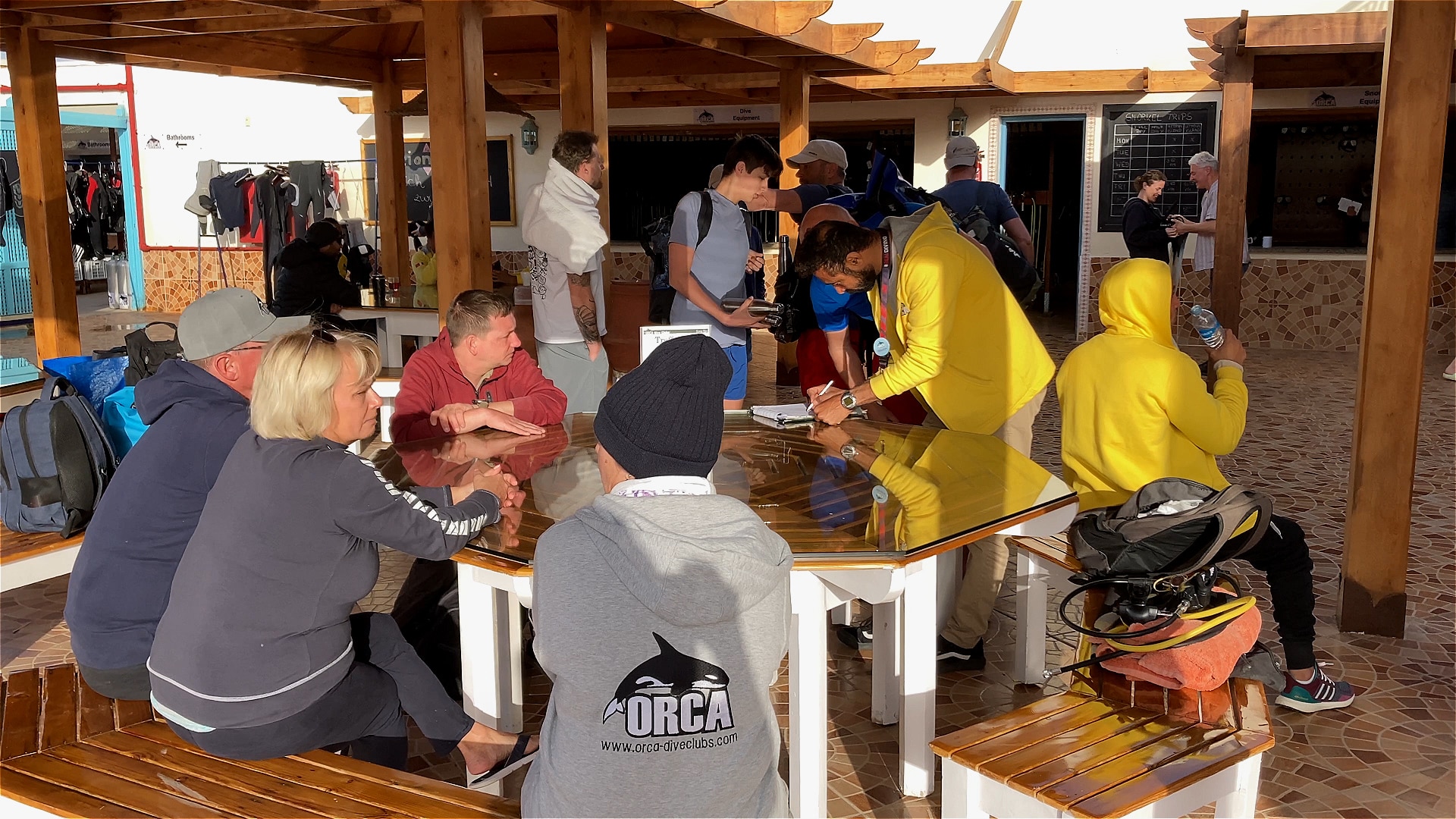
Once at the end of the pier, a helping hand from staff makes sure your gear is set and then it’s a short walk to the very end where you can either climb down a ladder of simply jump in the water next to the reef. The house reef extends both north and south giving a very easy and safe dive with plenty to see. At this time of the year the water temperature was a constant 22 degrees Centigrade and there was little or no current, so there were no issues in swimming back to the pier.
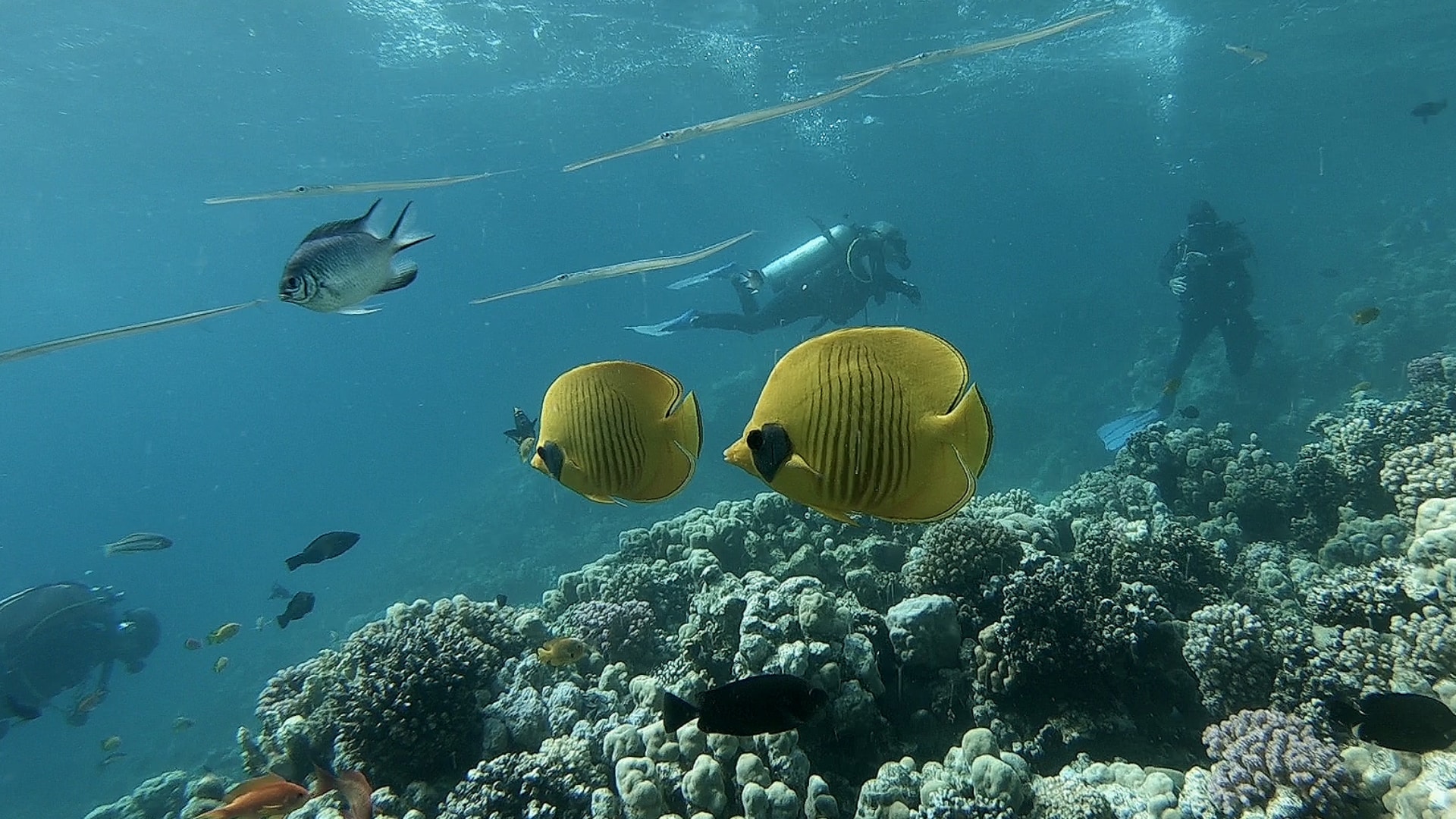
Quite a few divers were in dry or semi-dry suits, but being from the UK and used to the cold I found a 3mm wetsuit with a 3mm neoprene vest quite comfortable. Even after 50 years of diving I still find that first dive of a trip slightly nerving until I am actually underwater and then all becomes relaxed and I ease into auto diving mode. There was plenty to see with many of the Red Sea favourites along the way.
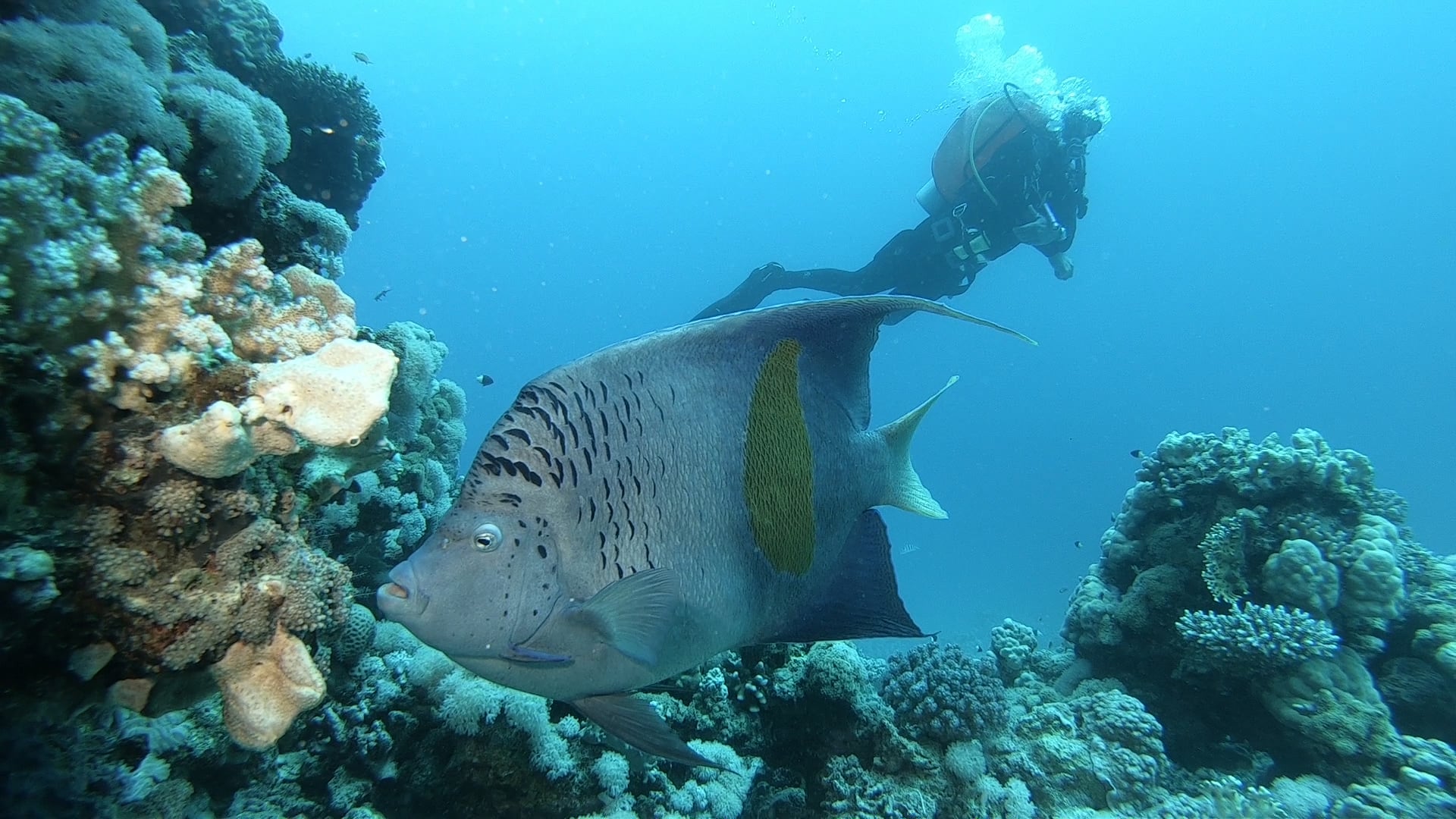
After the dive and a buggy ride back to the hotel for a very good buffet lunch I was back in the water, once again on the house reef for an afternoon dive.
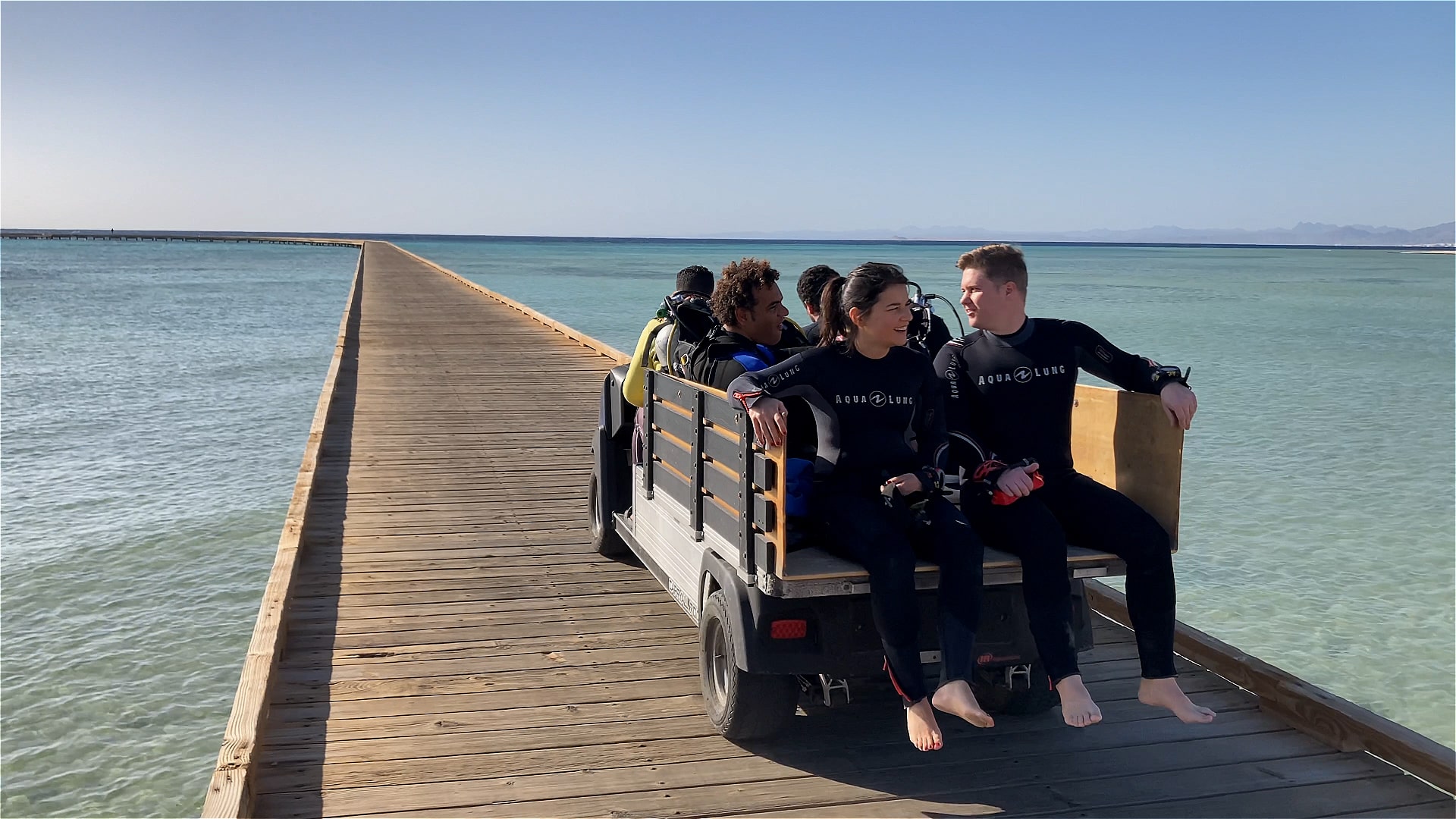
Check in for part 2 tomorrow when Jeff gets on a day boat and dives a few of the off-shore reefs.
Book your next Red Sea dive adventure with SOMABAY! For more information, visit www.somabay.com.
Stay at the Breakers Diving & Surfing Lodge when you visit! For more information, visit www.thebreakers-somabay.com.
Find out more about ORCA Dive Clubs at SOMABAY at www.orca-diveclubs.com/en/soma-bay-en.
-

 News3 months ago
News3 months agoHone your underwater photography skills with Alphamarine Photography at Red Sea Diving Safari in March
-

 News2 months ago
News2 months agoCapturing Critters in Lembeh Underwater Photography Workshop 2024: Event Roundup
-

 Marine Life & Conservation Blogs2 months ago
Marine Life & Conservation Blogs2 months agoCreature Feature: Swell Sharks
-

 Blogs1 month ago
Blogs1 month agoMurex Resorts: Passport to Paradise!
-

 Gear News3 months ago
Gear News3 months agoBare X-Mission Drysuit: Ideal for Both Technical and Recreational Divers
-

 Gear Reviews2 months ago
Gear Reviews2 months agoGear Review: Oceanic+ Dive Housing for iPhone
-

 Blogs2 months ago
Blogs2 months agoDiver Discovering Whale Skeletons Beneath Ice Judged World’s Best Underwater Photograph
-
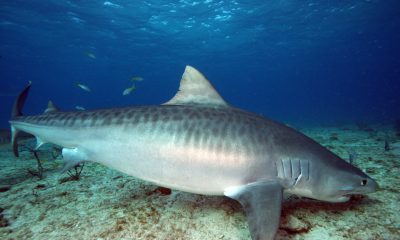
 Blogs3 months ago
Blogs3 months agoThe Thrilling Encounter with Tiger Sharks at Beqa Lagoon’s ‘The Colosseum’ with Coral Coast Divers








